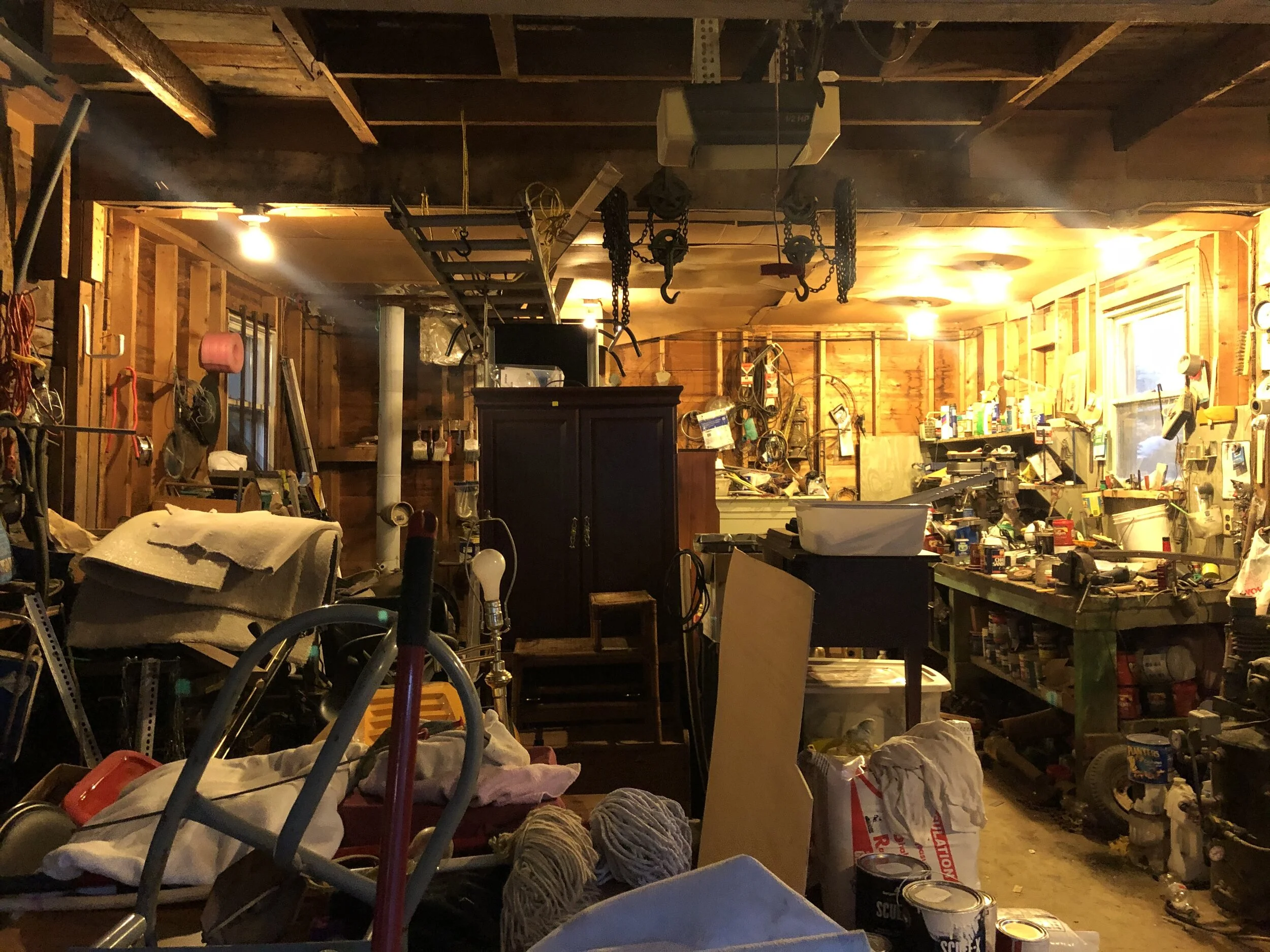Explaining is not teaching
Merely a starting point for learning anatomy, and not even the best one. (Galt Museum and Archives)
I’m thinking of doing a series of crafting meetups this fall on Zoom, just for fun.
My usual knitting group has been on hold for many months now, but I miss the sociability and comfort of stitching with others.
I’ve mentioned this idea to a few people. Some are interested, but not all of them know how to knit or crochet yet.
That leaves me with the challenge of figuring out how to get them started from afar. I’ve taught a few people to knit, but never via teleconference. So I’m thinking about what support they might need and how to make it work.
One thing that won’t work is to do a demonstration or talk people through the process verbally. That’s because explaining is not teaching.
Sure, there are plenty of things we can learn from a lecture or from reading an article. But that’s only a part of the process. When we listen to a presentation or read a book or article, we take in some information, and then we have to engage with that information in some way. Otherwise, all of it will disappear.
Therefore, as a teacher, I must figure out a way to not just share the information, but to help my students engage with it. And increasingly, I don’t even need to share the information — it’s already out there. I might just filter or organize it to make it easier for someone to find it, and then provide context as they try to make sense of what they’re seeing.
My own experience was that it took a lot of repetition to grasp the early basics of knitting. I probably wouldn’t have gotten anywhere on a Zoom call, no matter how long or how patient the instructor. For one thing, there would have been too much pressure. So I’m thinking that these aspiring knitters would need support prior to the live call. They will need information on choosing equipment and a list of steps for getting started with a project, then some info on the basic stitches (probably in the form of a dozen different YouTube videos on each topic), and time to practice on their own. Then, we could have a short check-in via Zoom where they could ask questions — and then another one a couple of days later. Then, by the time we do the official crafting meetup, they will be up to speed and stitching away.
In the program I’ve described above, I’ve designed the instruction so that I am a facilitator or coach as opposed to the source of knowledge. This means that the only explaining I will do will be to cover any gaps in the materials I share and the experiences and practice procedures I recommend to the student — and then I will amend those materials and create new experiences to address those gaps for future learners.
It’s so fun to share what we know and a delight to encourage someone to participate in an activity we love. But I am certain that my enthusiasm would completely overwhelm a beginner. I can be far more helpful if I plan out a whole program, especially recommendations and support for their own independent practice and study. Then, I am not central to the process. My students won’t need me, and a new world is open to them. Nothing brings me greater joy as a teacher.






